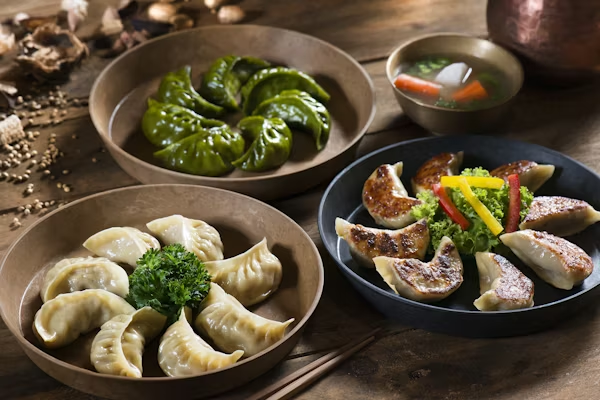Karnali, situated in the northwestern part of Nepal, stands as the largest yet most remote region in the country. Very few people travel here; hence, the place remains largely unvisited in all its wonders of rugged hills, mystical lakes, and ancient cultures. This isolation has been instrumental in preserving much of its genuine charm; however, there are very few modern comforts in this spectacular region. It offers far more than mere scenery; it offers a chance to connect deeply with the roots of Nepal, unblemished by commercialization. So your true adventure begins here in Karnali.
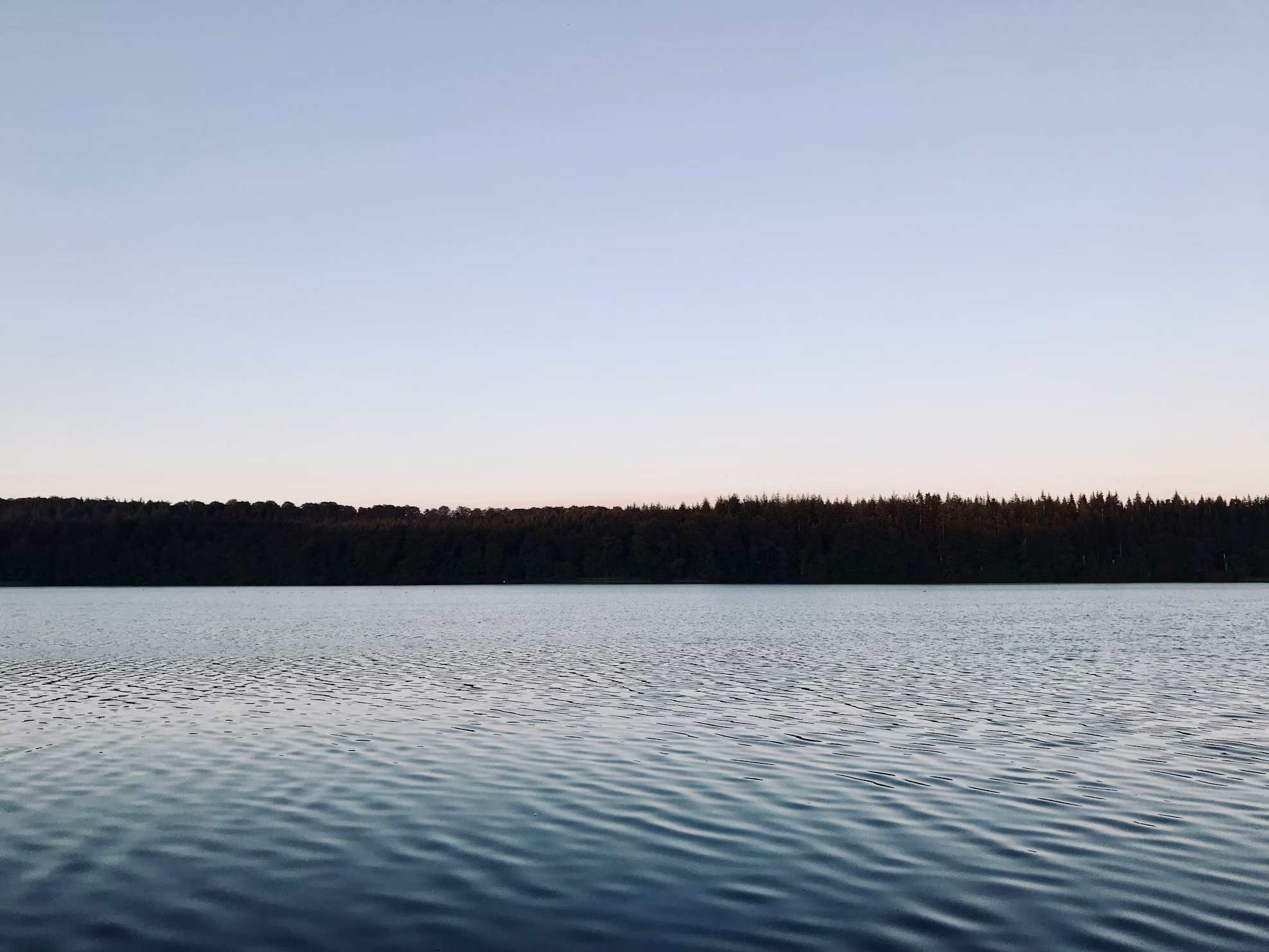
The area has often been called “Nepal before the roads came.” In Karnali, traditions are handed down through generations, untainted by external influences. Villagers rely upon age-old practices, and festivals celebrate the lunar calendar, intimately tied to nature and agricultural cycles. Access to health care, education, and transportation are very limited, and life is not easy here—but resilient. It is that very resilience that creates the culture that renders every interaction with locals feel humbling and genuine.
After visiting Karnali, travelers often find their spirits uplifted; something lingers from the land into their hearts. Perhaps it was a child herding goats on a cliffside trail. Perhaps it was a sight of an elderly woman weaving wool in the sun. Or perhaps it was the way the mountains began to talk when everything else fell into silence. Whatever the case, that mesmerizing beauty leaves you different from when you arrived; it teaches you beauty not in landscapes but in simplicity and strength.
Getting There: A Journey in Itself
It requires to have an ardent heart, ample patience, and considerable endurance to reach Karnali. After a flight from Kathmandu to Nepalgunj or Surkhet, the most common route involves a journey through rugged, haphazard roads, which may take anywhere between 8 and 20 hours, depending on the destination. These roads are rickety and unpaved and also under constant threat of landslide from the heaviest rainfall. For deeper excursions into Dolpa and Mugu, trekking is likely the only mode of access and could take several days to cover isolated trails. The journey is as much about the road as it is about the destination.
Travelers normally refer this trip to true endurance but also a moment to really shift-hook from modern reality. Along the whole course are terraced farms, pine-forested hills and rivers that seem to go on forever through the valleys. You’ll share crowded buses with locals crammed full of chickens or vegetables, and drink tea at roadside stalls where time seems to stand still. These small points count, however, form the essence of the whole experience of Karnali. Every single difficult moment faced on the journey makes the arrival even more magical.
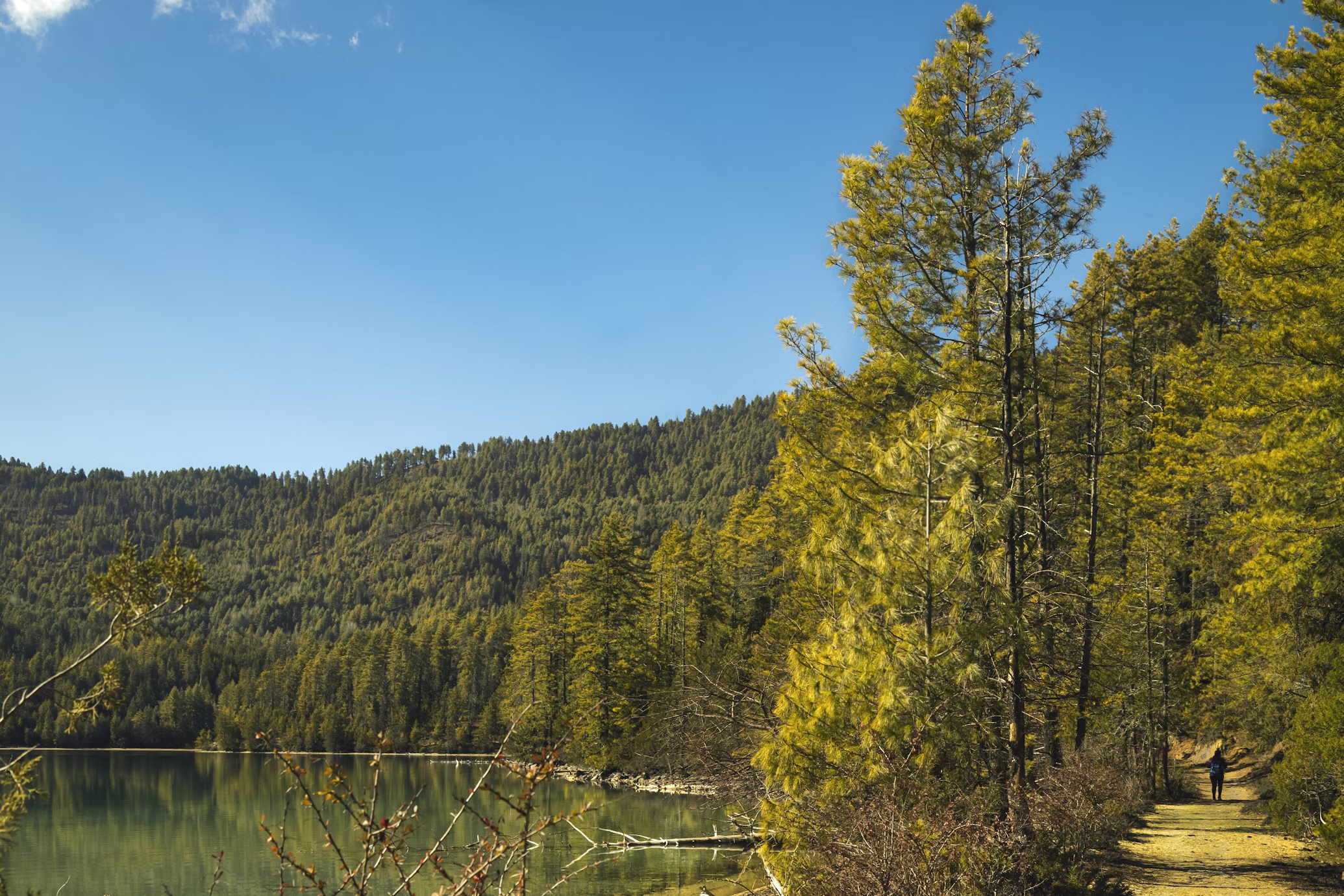
Along with it, there is a place to savor a sense of desolation that few have experienced. You cannot visit Karnali; you must earn it. And that earns you: a hospitality like no other, nature at its best, and peace in abundance. Thus, you capture great humanity meeting with people who live far from all the modern conveniences yet are so rich in kindness and wisdom. This journey prepares you well to absorb all that Karnali has to offer-with humility and open eyes.
Rara Lake: The Jewel of Mugu
Considered the most stunning of all landscapes in Nepal, Rara Lake in the Mugu region is the largest lake in the country. The clear waters of the lake at an altitude of nearly 3,000 m reflect the surrounding hills clad in pine trees and snow-hugging peaks. The lake reflects different colors at different times of the day-from soft blue in the morning to glittering silver with the dusk. It is a peaceful haven, with a stillness bordering on sanctity, compelling you to stop and simply be. The region surrounding Rara is called Rara National Park, which harbors deer, Himalayan black bears, and a multitude of birds.
Usually, the Rara trek starts from Jumla and Talcha Airport, which offer breathtaking yet often strenuous trails winding through villages, forests, and ridgelines. The local homestays are simple but comfortable, as are the few lodges by the lake. The local people are friendly and often keen to share stories of their lives, festivals, and traditions. Food is delicious and uncomplicated—dhido, lentils, and wild greens are considered fancy, cooked on wood-fired stoves. Yes, it can get cold at night, but under the stars shimmering brightly above the lake, you’ll hardly care.
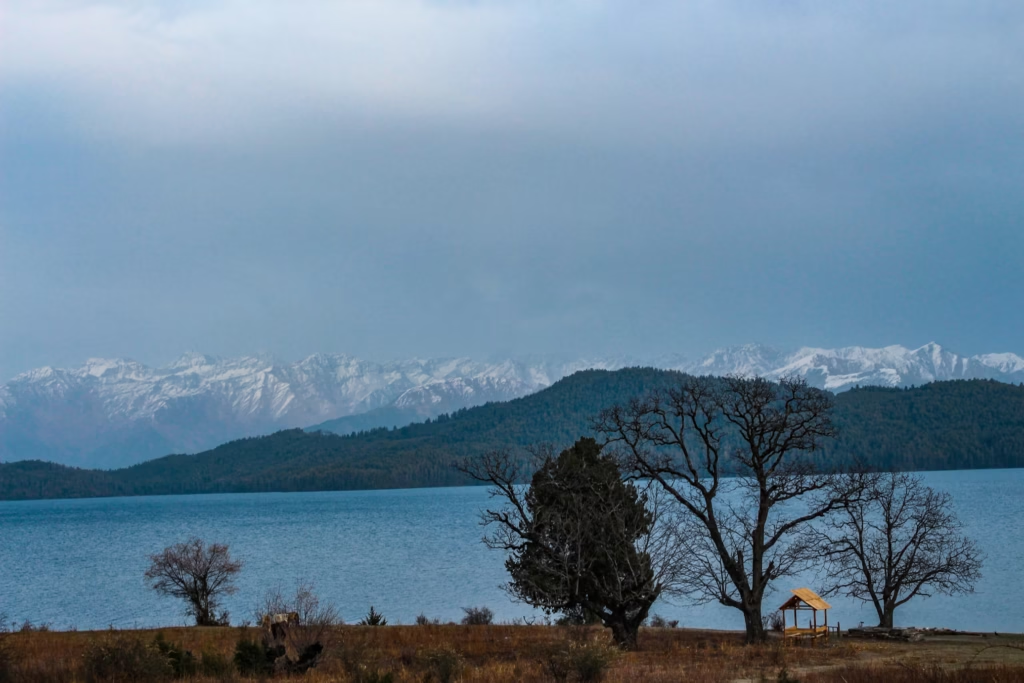
Rara can be reached from late spring till autumn when the clear sky weather allows for passing along the trails. It is during these months that you can spend hours beside the lake, cloud watching and observing fish swim beneath the glassy surface. Spring sees an explosion of wildflowers charming the landscape and attracting innumerable butterflies. The entire place feels dreamy, untouched by time or tourism. A visit to Rara pulls at your heartstrings, like a song you would never tire of humming.
Shey Phoksundo: A Turquoise Dream
Shey Phoksundo Lake is a glacial lake of striking blue color lying further northeast of Dolpa, sometimes said to be the most beautiful in Nepal. The feel of magic and drama is very much stronger here than in the tranquil setting of Rara. Steep cliffs and old forests border the lake, with rugged trails hugging sheer rock faces. Miles of glacial sediment in the water give the lake a brilliant turquoise hue, particularly glorious under crystal clear blue skies. This lake lies in the Shey Phoksundo National Park, the largest protected area in Nepal.
Visitors usually fly to Juphal and then trek through Dunai and Ringmo toward Phoksundo. The trek generally takes about three to five days, traversing high-altitude passes, waterfalls, and alpine mountain views. Bonpo villages still practicing the ancient pre-Buddhist customs play host to such trails. From stupas, prayer flags fly, while along the paths, stone-carved mani walls stretch for kilometers. Thus, this land holds a history equally as rich as its beauty.
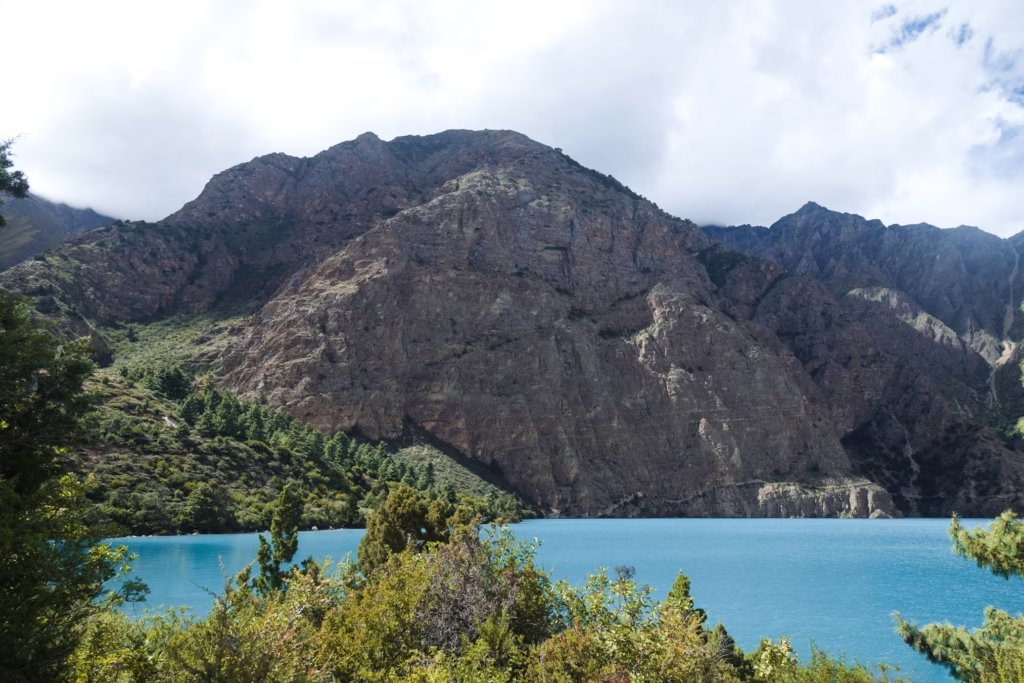
Ideal for soaking up the atmosphere, Ringmo village on the lake’s shores makes for a fantastic stay. The people here still live in stone houses, cultivate barley, and herd yaks, just as their ancestors have done for ages. Visit the Tsowe Monastery, which is over 800 years old and sits right above the lake. Here, at dawn, Phoksundo seems to emit an inner glow while shadows creep over the snow-clad cliffs above. It is a tranquil and awe-inspiring spot where nature meets faith.
Culture & People: The Heart of Karnali
The essence of Karnali, then, does not only lie in its scenery but with its people. From the lower hills of Jumla to the upper highlands of Dolpa, the Karnali region houses a mixture of ethnic groups such as Khas Arya, Thakuri, Magars, and Dolpa communities influenced by Tibetan culture. Nature governs life here—planting and harvesting, taking care of animals, and following the rhythm of the seasons. Culture here is not stored in museums; it is lived day in and day out—in the clothes they wear, songs they sing, and rites they follow. Each village, however small and remote, has its own stories, dialects, and traditions that connect the past generations to the present.
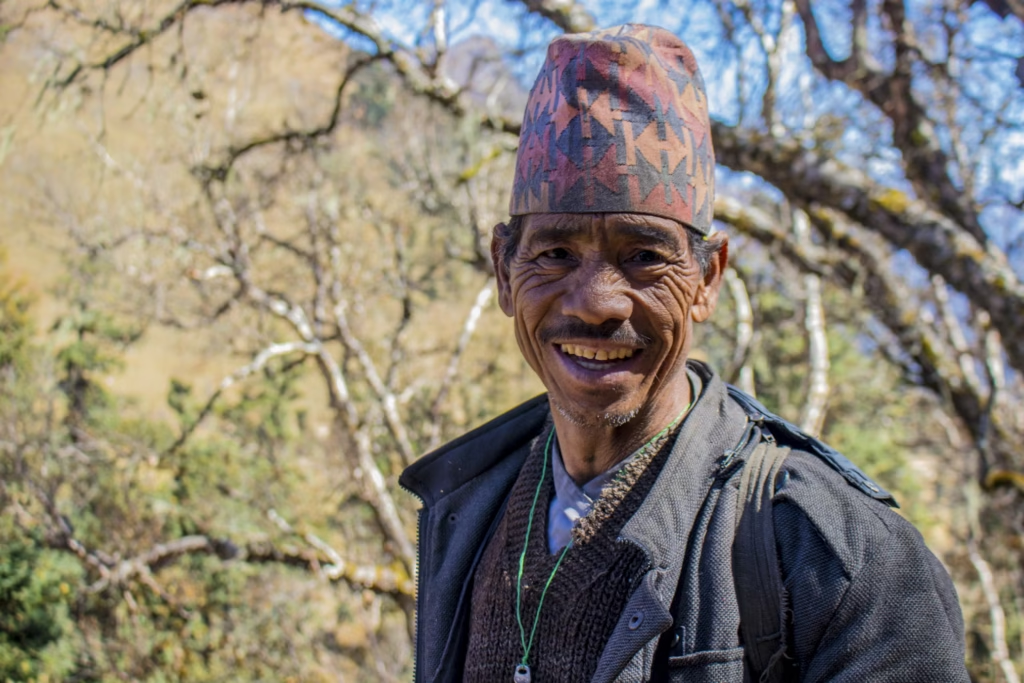
With little modern access, there is perhaps a richness to life here based on mutual trust and ancestral knowledge. People welcome you into their lives with warmth and sincere curiosity; tea and food are offered, as are places to stay, all without hesitation. The sociocultural life is highly communal: communities come together to plant fields, construct houses, and celebrate the festivals. One such important festival is Chhewar or the coming-of-age ceremony, along with Tiji in Upper Dolpa that narrates Buddhist mythology through dance and story. Each festival is engulfed in color, drums, and a collective identity rarely seen in urban areas.
Female giants are the backbone of Karnali—strong and hardworking, holding down both home and economy. Whether in the fields, weaving wool, or toiling up the steep gradient with burdens, their grit remains unmatched. Children attend school miles away, while stories from the elders are eternally inscribed in folklore. Life might be straightforward for an outsider to behold, but it is layered with history, spirituality, and emotional essence. For travelers, the heart-touching interaction with the local people of Karnali equals gazing at the mountains and lakes.
Challenges and Hope
Karnali is one of the most inadequately developed regions in Nepal, confronting serious challenges in infrastructure, health, and education. Many villages can only be reached on foot or by unpaved roads, severely restricting the flow of goods or medical supplies. Classes often have no teachers, and hospitals are many hours away- sometimes a day’s walk to find a doctor. Clean drinking water is a luxury in some places, while child malnutrition still continues at alarming rates. These problems are every day for the people, resilient and creative in managing them.
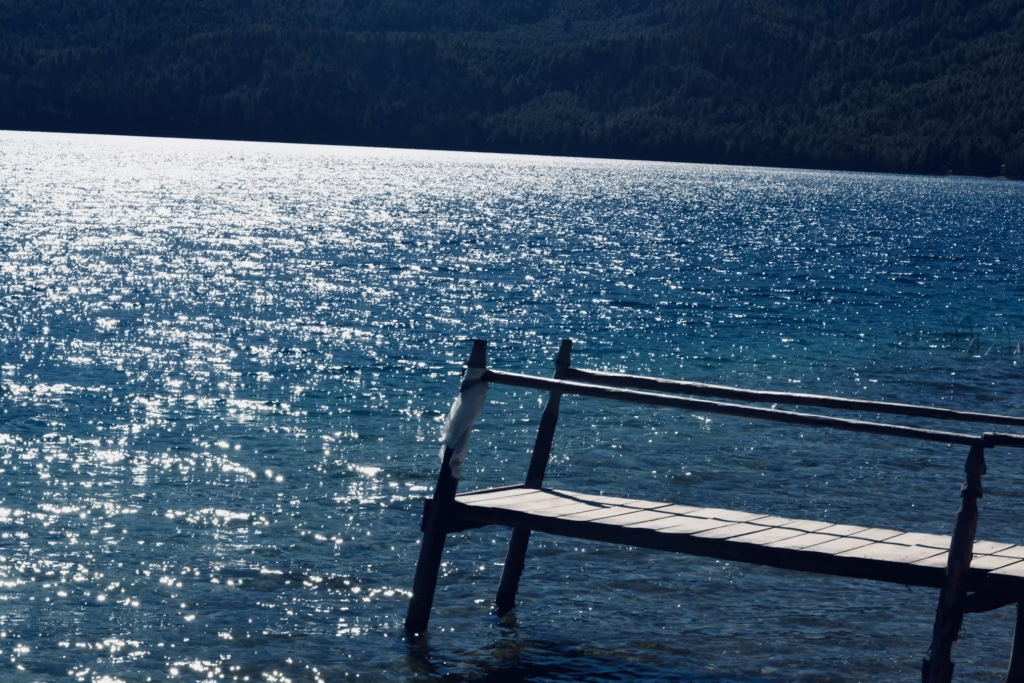
Yet amidst the challenges, a spirit of hope is being nurtured in the region. Local NGOs, youth-led movements, and community leaders are working hard to improve living conditions. New school buildings, the introduction of solar power, and mobile health camps are cumulatively transforming villages. Women’s cooperatives are empowering young people with skills in weaving, sustainable farming, and management of small businesses. Progress may be slow, but it is steady – and of utmost importance, it is being led by the people of Karnali.
Responsible tourism is helping create possibilities. While homestays provide families with income, trekkers often contribute toward local projects or bring to light neglected needs. Visitors can become part of this positive change by choosing to travel responsibly and mindfully. Every rupee spent at a local guesthouse or on a handmade shawl goes a long way in strengthening the community. In Karnali, hope is not merely a concept but a daily exercise evolved step by step.
Why You Should Go
Karnali is not for every traveler-and that is why it is special. It does not offer luxury accommodation, trendy cafes, or curated experiences. Instead, it offers authenticity: raw, challenging, and utterly beautiful authenticity. This is not a place where one comes to escape the world; it is a place to remember what is it to live simply and with intention. The bond formed here with the land, its people, and oneself is deep and has lasting effects.
Each step taken in these lands is earned by sweat, across unfamiliar terrains, and with an open heart. Here, you will come to appreciate silence—the wind flowing through your every pore. Here, stillness at fireside means not once checking your phone. The salt tea gushing down your throat, the laughter of children chasing goats and cows, and the far-away tolling of a bell bouncing back and forth through the invisible mountains of the valley. And these cannot be planned or purchased; they can only happen when you let that place take you on an uncharted journey. And it will, somehow tend to your soul whilst in and out of being.
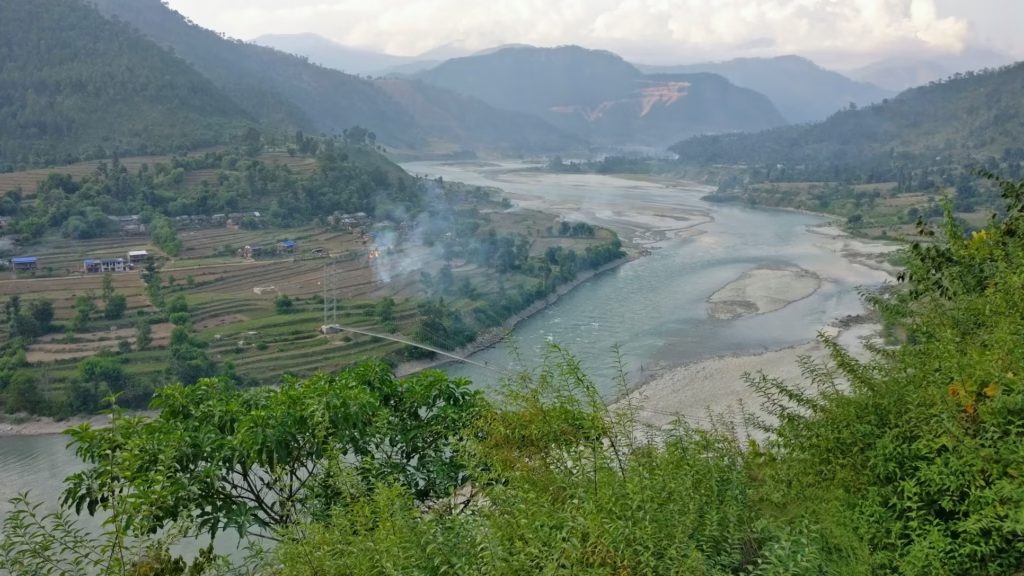
This is a kind of travel giving back-a kind of traveling that actively assists in a region’s goal of self-sufficiency and development. Should you stay with local families, respect their traditions, and support their economy, you will not be an outsider but a part of their tale. More than footprints, you leave behind some hope, solidarity, and collective memory. In exchange, you take home part of Karnali: the air in your lungs, the people in your heart. And that is worth every mile, every blister, and every breathless climb.
Conclusion: Karnali—A Journey Beyond the Map
Karnali is a destiny-whereby, to-state, becomes a discovery for truth. It is tough on one’s physical endurance; alas, it keeps one’s heart open while making one change an in-depth viewpoint of what one thinks travel is all about. A place where mountains are guarding ancient stories, not just scraping the skyline. And rivers that only run not through landscapes but ages of heritage and silence resilience. Every face you meet in this land reflects a truth deeper than words: this life here is hard, but it’s full of meaning.
As you hike from the turquoise glow of Phoksundo to the mirror-like stillness of Rara in trails of Karnali, you begin to cast off the noise of the modern world. You shall learn to find beauty in silence, simple joy in simplicity, and connection made in sharing one’s cup of salt tea. Not Wi-Fi connected, but you will connect in a way most of us have forgotten. The time slows down, breathing deepens, and every moment asks you to be there. And when you leave finally, you carry not photos but carries stories, voices, and a piece of Karnali within your soul.
And definitely, if you were looking for anything real-something wild yet sacred or deeply human, then go on to and visit Karnali. Do not go as a tourist, however, but as a student, listener, and respectful guest. Although the journey tests, the wisdom learned lasts well past dusty boots and a full journal. Karnali may be off the beaten path, but it’s just where your heart may need to go. And after you visit it, you understand why certain places don’t change just views but change lives.
